Pantheon
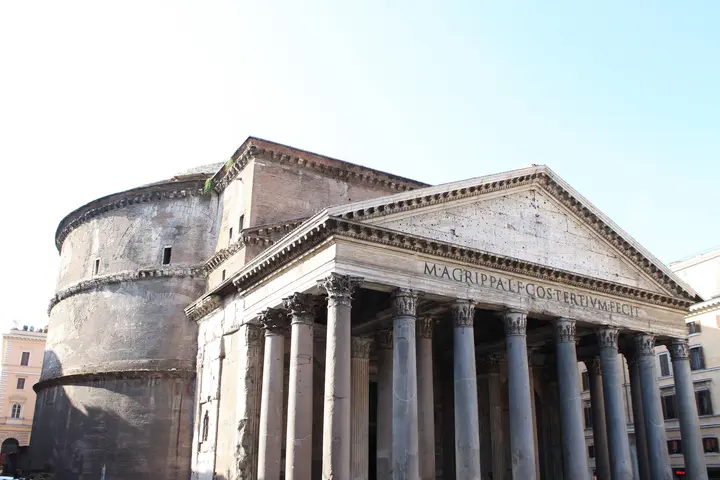
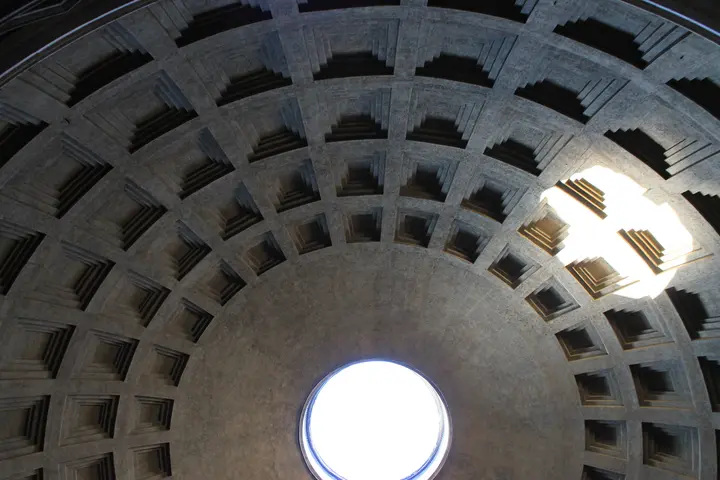
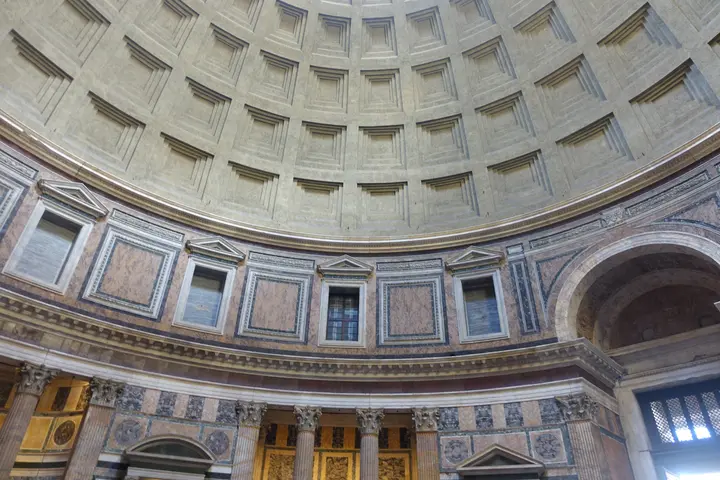
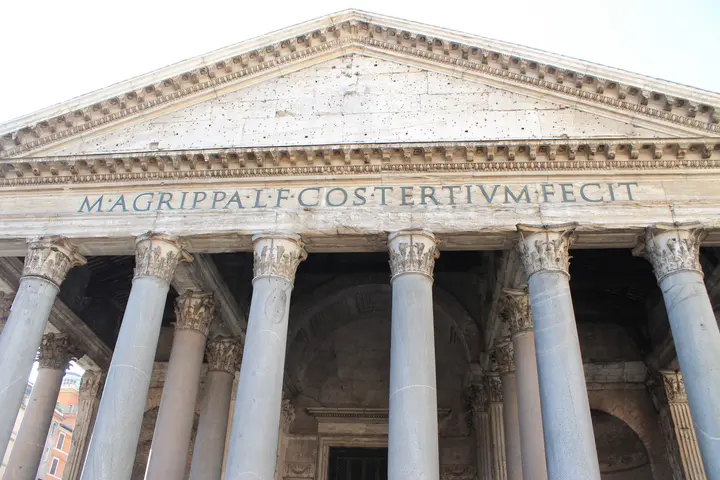
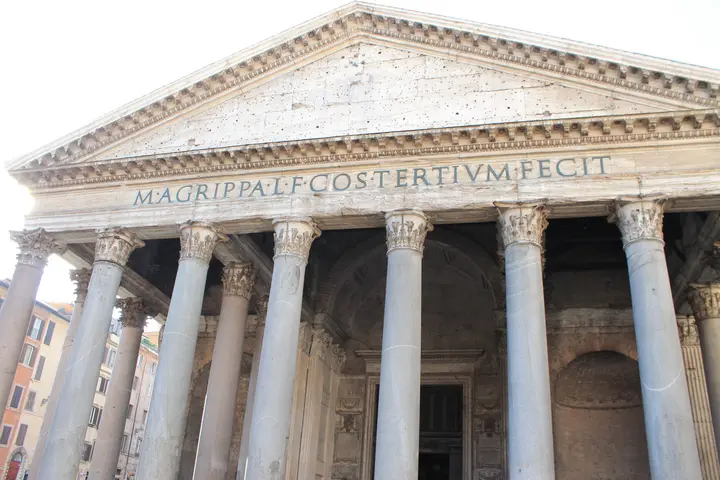
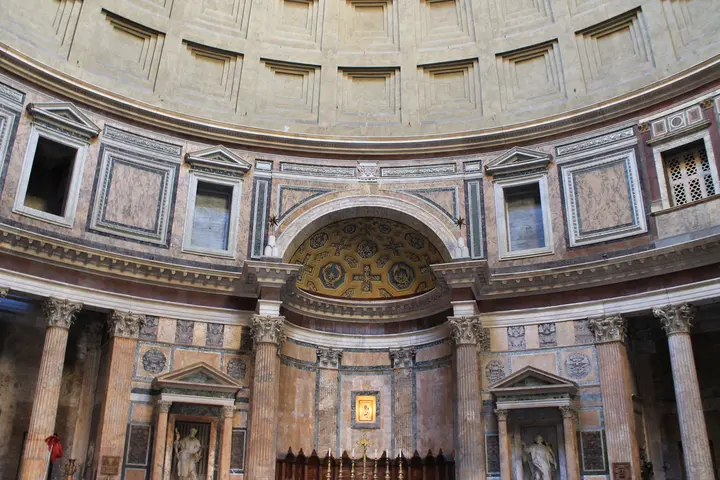
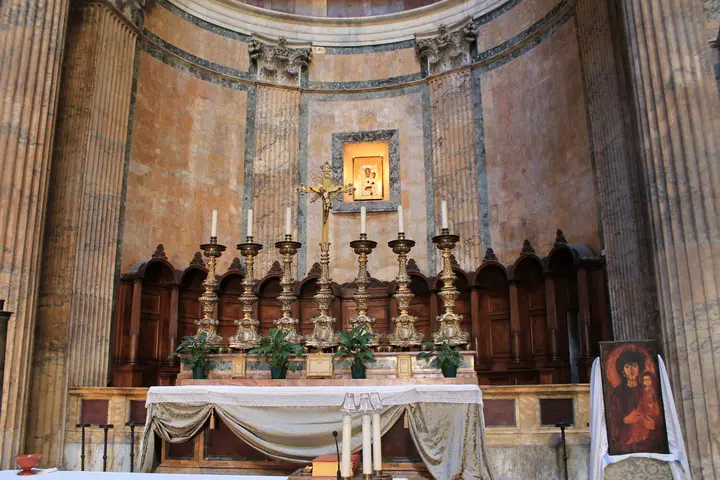
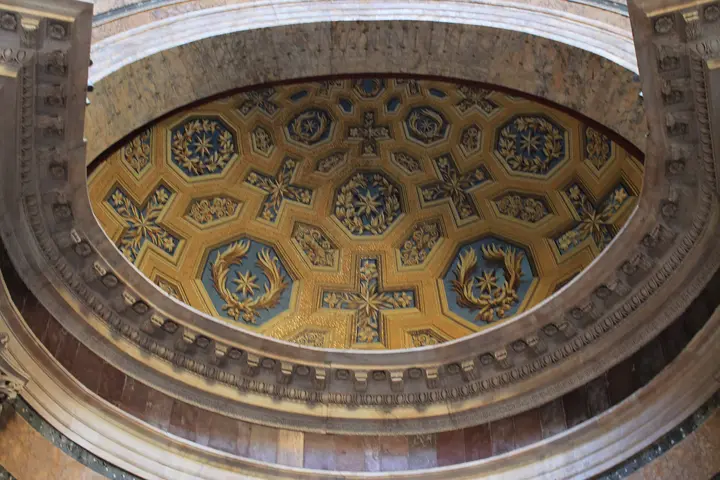
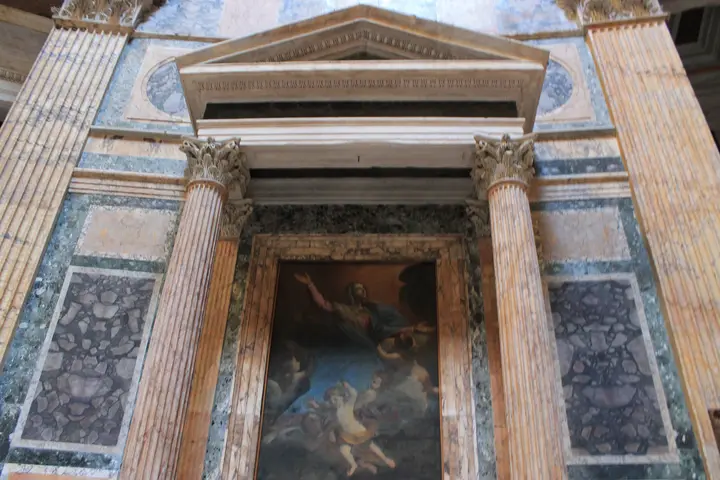
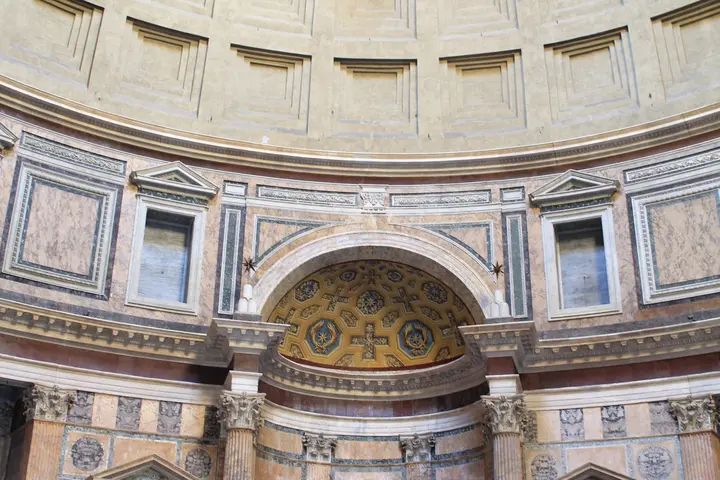
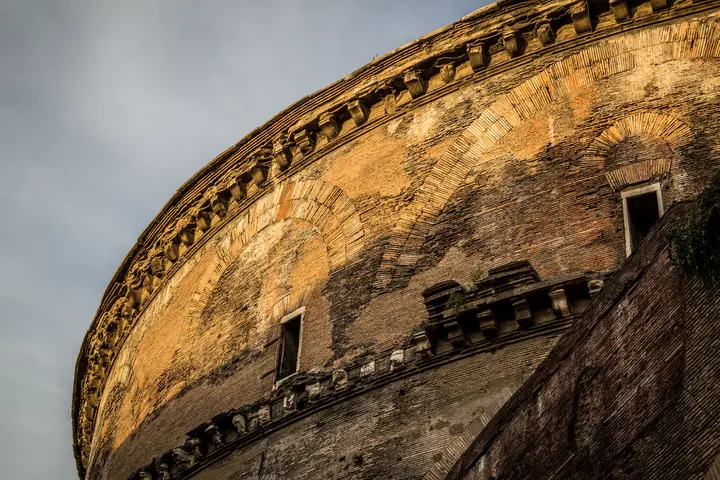
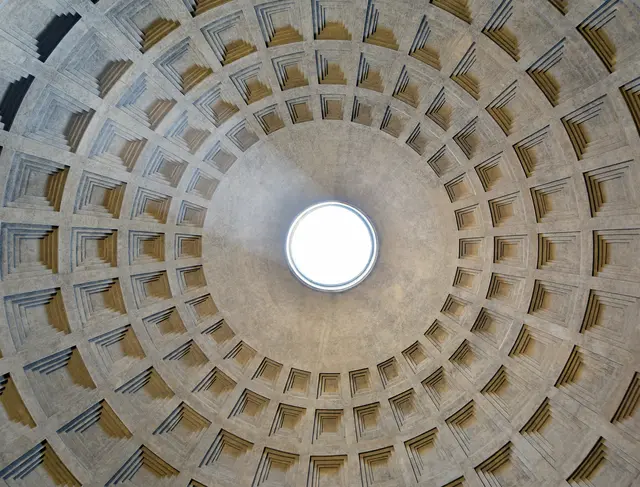
Introduction
The Pantheon in Rome stands as a marvel of ancient engineering and Roman culture. For nearly two thousand years, this iconic Roman monument has inspired awe, drawing visitors eager to step beneath its vast dome. As we explore the Pantheon’s story, we see how this triumphal arch of architecture bridges the world of pagan temples and living Christian tradition. Its graceful presence welcomes generations into the heart of Rome.
Advertisement
Historic Highlights
🏛️ Agrippa’s Vision and Imperial Rebuilding
The Pantheon in Rome began as a bold statement during the reign of Augustus. Built by Marcus Agrippa around 27–25 BCE, the original Roman monument blended a traditional temple front with a circular sanctuary—a true architectural innovation. The ancient historian Cassius Dio recalls how Agrippa planned to dedicate it to Augustus, but settled on statues of Mars, Venus, and Julius Caesar inside the rotunda. Fire and lightning twice destroyed the early Pantheon, until Emperor Hadrian ordered its complete reconstruction in 118–125 CE, carefully preserving Agrippa's name on the facade.
“M. Agrippa L.F. consul tertium fecit” (“Marcus Agrippa, son of Lucius, made [this] when consul for the third time”).
— Inscription on the Pantheon’s facade
🏗️ Engineering Genius: Dome and Oculus
The standing Pantheon showcases Rome’s engineering brilliance. Its dome, spanning 43.3 meters across, stunned ancient and modern architects alike. The dome’s coffered structure and central oculus (9 meters wide) provide the only source of daylight—an enduring spectacle for visitors. Romans mixed dense concrete at the base and lighter materials like pumice above, allowing the dome’s massive weight to rest safely on the thick drum walls. Remarkably, the Pantheon’s dome remains the largest unreinforced concrete dome ever built.
“The harmony and proportions… truly angelic, not human, design.”
— Michelangelo, on the Pantheon
⛪ From Pagan Temple to Living Church
In 609 CE, Emperor Phocas gifted the Pantheon to Pope Boniface IV, who consecrated it as Santa Maria ad Martyres—the first pagan temple in Rome to become a church. This new role likely saved it from ruin, while medieval legend claimed devils shrieked through the oculus as the church was sanctified. Later centuries saw the Pantheon house markets, royal tombs, and Renaissance greats like Raphael. The annual Pentecost rose-petal ceremony, where petals cascade through the oculus, connects ancient architecture to modern faith.
💡 Visitor Tip
Don’t miss the sunlight beam at noon on April 21—Rome’s legendary birthday—when the Pantheon’s oculus spotlights the grand entrance, recalling ancient sky rituals.
Timeline & Context
Historical Timeline
- 27–25 BCE – Original Pantheon commissioned by Agrippa.
- 80 CE – Fire damages the Pantheon; rebuilt by Domitian.
- 110 CE – Lightning destroys the building.
- 118–125 CE – Hadrian rebuilds the Pantheon; current structure completed.
- 609 CE – Consecrated as a Christian church by Pope Boniface IV.
- 663 CE – Byzantine emperor Constans II removes bronze tiles.
- Early 1600s – Barberini Pope orders removal of bronze from portico.
- 1878–1900 – Italian kings Victor Emmanuel II and Umberto I interred.
- 2023 – Entry fee introduced for maintenance funding.
Architectural Achievement and Technical Mastery
The Pantheon represents the pinnacle of Roman architectural experimentation, uniting a traditional temple portico with a domed rotunda. Its design pushes both artistic and structural boundaries. The dome’s diameter matches its height from floor to oculus—constructing a true hemisphere. Mastery of concrete technology, variable aggregate mixes, and weight-saving coffering achieved a scale never again matched in antiquity. The result is not just engineering prowess, but a philosophical space where design serves cosmic symbolism: the dome reflects the vault of heaven, the oculus a celestial eye. Hadrian’s architects, perhaps informed by eastern prototypes, produced a structure whose harmony would influence the likes of Michelangelo and modern state capitols alike.
Religious Transformation and Preservation
The Pantheon’s conversion in 609 CE marked a fundamental shift. Its rededication as Santa Maria ad Martyres sanctified the once-pagan building and set a precedent for church conversions throughout Europe. The claim that “twenty-eight cartloads” of martyrs’ bones were entombed may be apocryphal, but attests to the event’s perceived holiness. As a church, the Pantheon escaped the destructive fate of many ancient sites—such as the Colosseum, which became a ruin, or the Temple of Venus and Roma, largely dismantled for building materials. The Pantheon’s new identity also wove it firmly into Rome’s religious and civic rituals, from medieval processions to royal funerals and modern Pentecost ceremonies.
Urban Evolution and Adaptive Reuse
Through the Middle Ages and Renaissance, the Pantheon adapted to Rome’s changing urban life. Piazza della Rotonda bustled as a marketplace under the portico’s granite columns, and the Pantheon itself became a local symbol as much as a spiritual one. Renaissance artists venerated its dome, with Raphael, corelli and later royal figures choosing it as their resting place. The monument weathered both neglect and intervention: the much-maligned “Ass’s Ears” bell towers of the 17th century, later removed, and the Barberini pope’s repurposing of bronze for St. Peter’s Baldacchino—a reuse that provoked as much popular outcry as folklore: “What the barbarians did not do, the Barberini did.”
Contemporary Challenges and Heritage Management
Modern stewardship has balanced preservation with living tradition. As Italy’s most visited cultural site, the Pantheon draws millions each year, necessitating ongoing conservation, structural monitoring, and controlled access to combat wear and urban pollution. Its dual function, as both church and tourist icon, brings logistical and ethical considerations. The 2023 introduction of a modest entry fee, shared between heritage authorities and church, reflects innovative management strategies for sustainability—meeting both conservation needs and community support. Despite environmental pressures, regular maintenance has preserved its interior marvels and ancient drainage systems. Architectural assessments report no severe structural risks, confirming the Pantheon’s resilience across crises and centuries.
The Pantheon’s Cultural Resonance
Scholars and artists alike recognize the Pantheon not simply as an artifact, but as a living witness to Rome’s transformations. Its architectural techniques continue to inform engineering curricula; its religious rites, such as Pentecost’s rose petals, foster ongoing communal meaning. As a bridge between eras—a triumphal arch spanning pagan, Christian, and modern ground—the Pantheon is a case study in adaptive reuse’s power to safeguard heritage. Its unique trajectory, compared to the ruin of Venus and Roma’s temple or the partial survival of the Colosseum, underscores the significance of living use in monument preservation. In scholarly literature, the Pantheon is referenced as “the best-preserved ancient building in Rome,” a status owed to both technical ingenuity and the continuity of its sacred function. This complex history, backed by robust documentation and interdisciplinary research, offers a rich platform for educators, heritage professionals, and cultural travelers eager to understand Rome’s enduring legacy in stone.